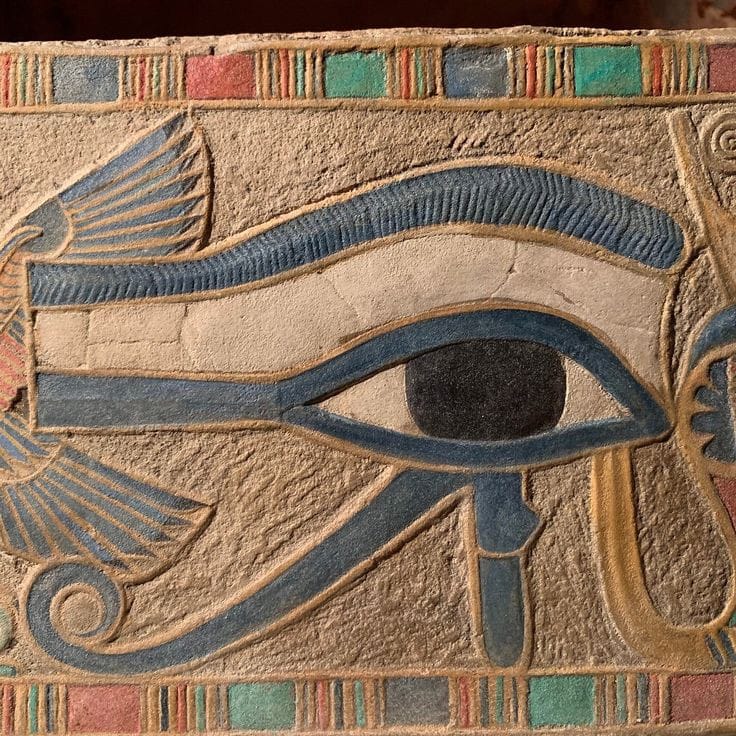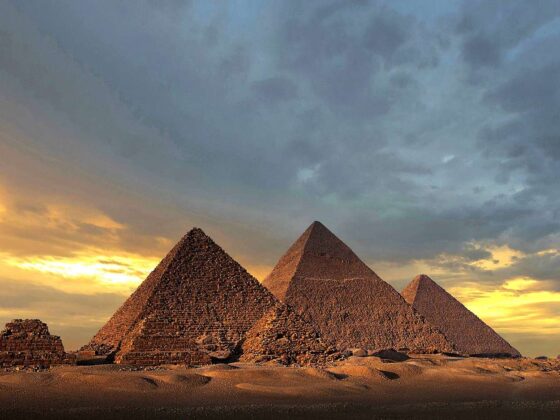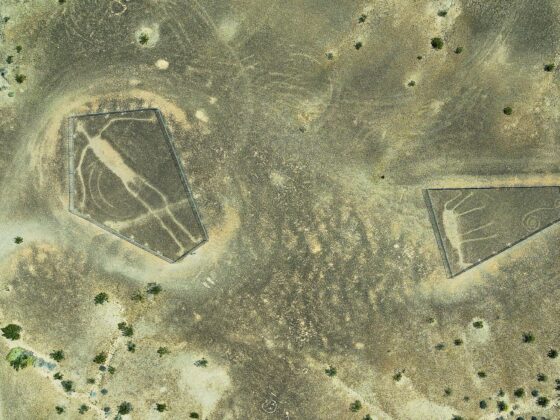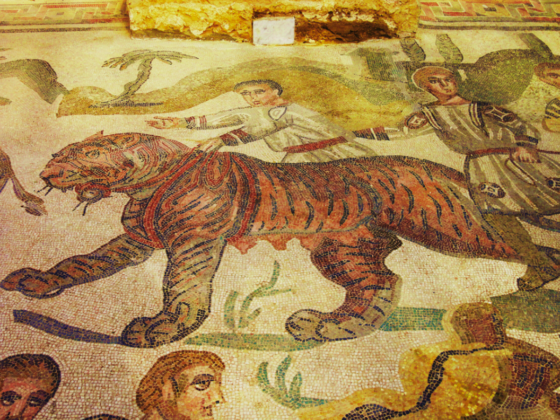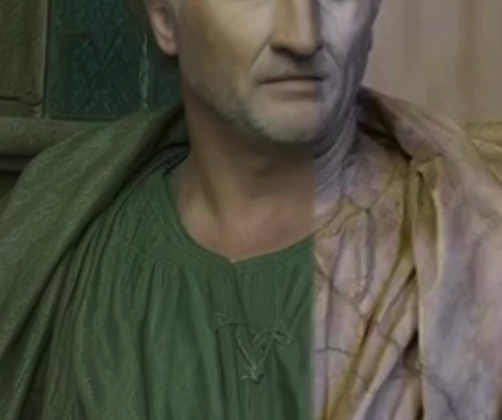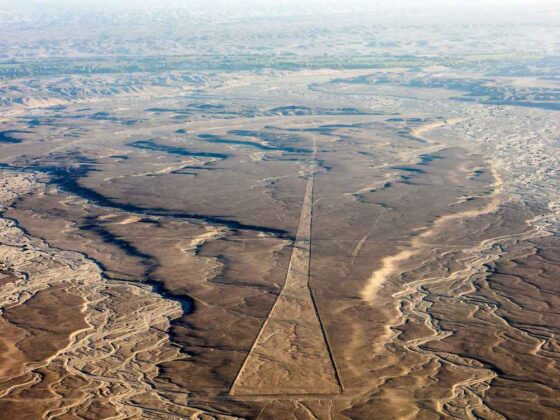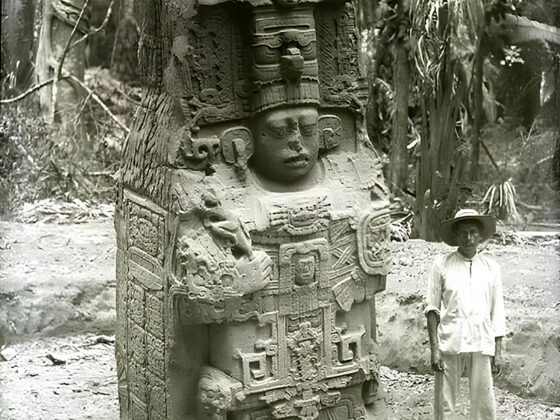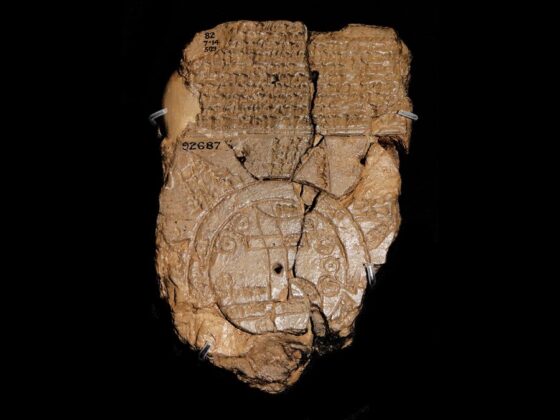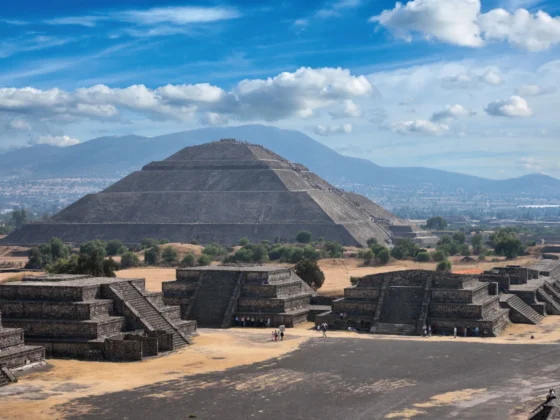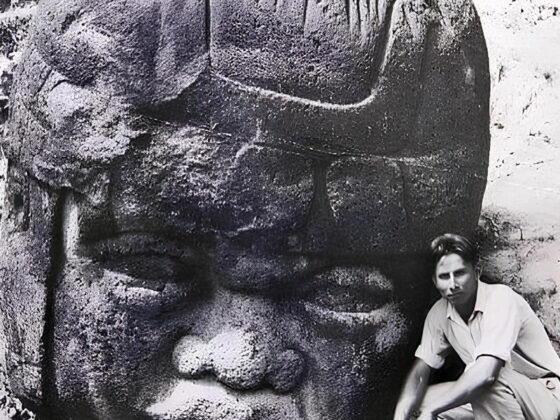The Eye of Ra is a powerful and complex symbol in ancient Egyptian mythology, representing the fierce and protective power of the sun god Ra. Unlike the similar-looking Eye of Horus, which symbolizes protection and healing, the Eye of Ra embodies Ra’s vengeful and aggressive aspects.
In Egyptian mythology, the Eye of Ra is often personified as a goddess, taking the form of various female deities such as Hathor, Sekhmet, Bastet, Wadjet, or Mut. These goddesses act as extensions of Ra’s power, serving as his protector, companion, and sometimes his daughter or consort. This fluid nature of the eye’s identity reflects the complex and often overlapping roles of deities in Egyptian religion.
The Eye of Ra plays a crucial role in creation myths. It’s described as both the mother who brings forth Ra and a sister born alongside him, symbolizing the cyclical nature of creation and rebirth. This dual role as mother and daughter of Ra illustrates the intricate relationships within Egyptian cosmology.
One of the most famous myths involving the Eye of Ra tells of how Ra sent his eye, in the form of the lioness goddess Sekhmet, to punish humanity for their disobedience. Sekhmet’s rampage became so destructive that Ra had to trick her into drinking red-dyed beer to stop her from annihilating all of humankind. This myth highlights the eye’s destructive potential and the need to appease its wrath.
The Eye of Ra was also associated with the uraeus, the cobra emblem worn on the pharaoh’s crown as a symbol of royal authority and divine protection. This connection reinforced the eye’s role as a fierce guardian against Ra’s enemies, spitting fire like venom to protect the sun god and, by extension, the pharaoh.
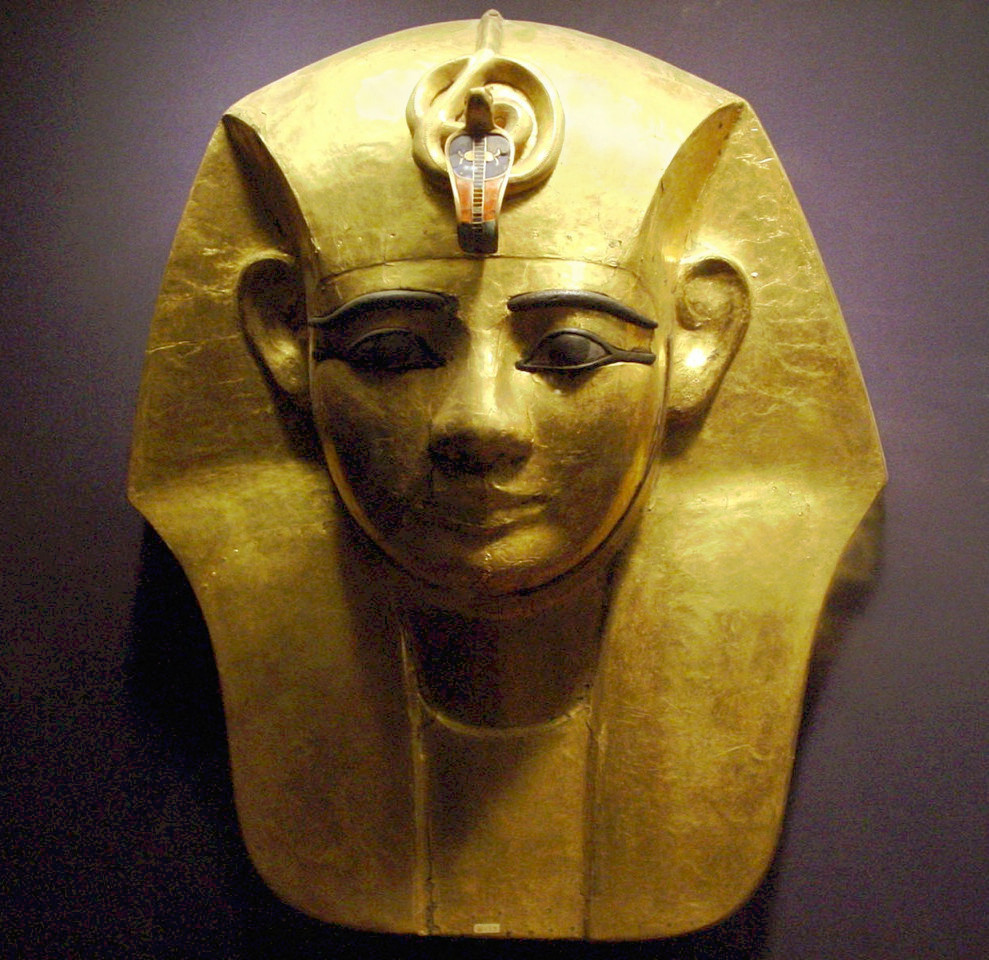
In its solar aspect, the Eye of Ra is often depicted as a sun disk, sometimes with one or two uraei coiled around it. It’s associated with the daily journey of the sun across the sky, representing both the life-giving and potentially destructive power of the sun’s heat.
The eye’s aggressive nature extends to cosmic battles. In Egyptian belief, Ra and his eye fight nightly against Apep, the embodiment of chaos. The eye’s fiery breath is said to assist in Apep’s destruction, highlighting its role in maintaining cosmic order.
Interestingly, the Eye of Ra is also linked to the concept of divine kingship. The pharaoh was often equated with Horus in life and Osiris in death, while also being considered the son of Ra. The Eye of Ra, in its role as Ra’s daughter and consort, thus had a complex relationship with the pharaoh, further emphasizing the intricate nature of Egyptian royal ideology.
Today, the Eye of Ra remains a popular motif in jewelry and art, appreciated both for its striking visual appeal and its rich symbolic meaning rooted in ancient Egyptian culture and religion.
